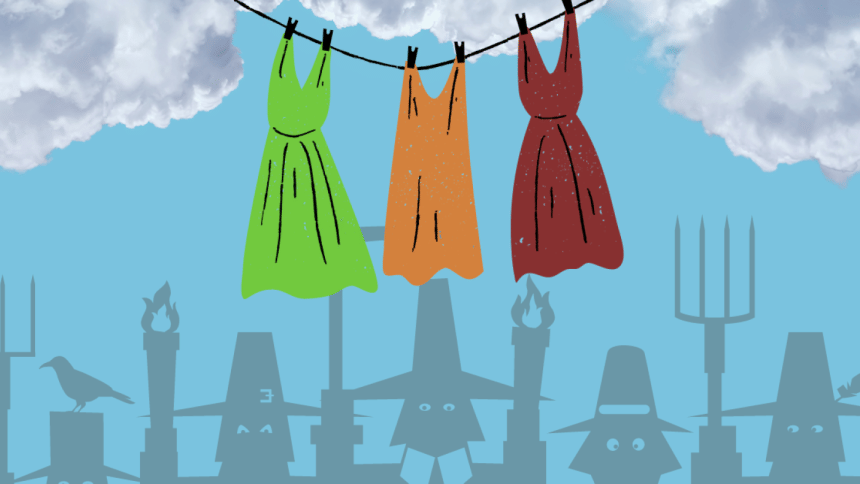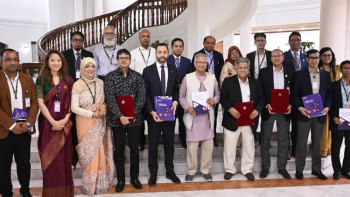Moral policing: A zombie virus

On May 19, 2022, a girl and her two male companions were at Narsingdi Railway Station at 5 a.m. A video that has gone viral on social media depicts a mob turning on the girl for her "indecent" clothing—a pair of jeans and a sleeveless top. The loudest voice (most likely belonging to the person taking the video) questioned if it is right for anyone to wear such clothing. The most prominent aggressor was a woman who aimed to physically assault the girl. I say this because she seemed to have wanted to grab the girl (I actually think this harasser would have torn the girl's blouse off her back) but could only manage to grab her handbag, and immediately we see the girl's flight response kicking in, whereby she let go of her handbag and ran into the stationmaster's room to seek shelter from the angry mob outside.
A couple of months back, in an op-ed that was published by The Daily Star, I wrote about my thoughts on a similar incident that had taken place in a bus in Dhaka, where a girl who was wearing a pair of jeans and a black t-shirt was slut-shamed and harassed by an older woman who had full support of the male passengers. The article focused on the harasser's internalisation of patriarchy and how women like her make it easier for patriarchy and rape culture to thrive, which in turn impede the achievement of gender equality. We see the same thing happening again in the Narsingdi Railway Station incident.
Desh Rupantor shared the video on Facebook and I wasn't entirely surprised to see the horrific comments. A staggering majority of the people approved of the mob's reaction and there were repeated usages of words such as "thik', "shothik", "uchit" and "good", while many wanted the girl to be tortured in worse ways—beaten, burned alive, lynched, and locked up with a rabid dog. Some commented by saying that gender equality/feminism does not mean that women can wear whatever they want. Most were of the opinion that such clothing is inappropriate because Bangladesh is a Muslim nation. Some blamed her parents and, therefore, her upbringing, some blamed the Western culture, others blamed the Indian culture, and yet others blamed TikTok! Some were wondering why the society blames men for raping because the blame should fall on "shameless" women like her, who instigate men to commit heinous sex crimes. One man even objectified women by comparing them to food, saying that food that's not covered/ wrapped will be "disturb[ed]" by ants.
I am sure that the mob that harassed the girl at the Narsingdi Railway Station and the people in support of the mob's actions would have very strong reactions to the banning of the hijab (head covering) at educational institutions in the Indian southern state of Karnataka or would voice their protest against the ban on niqab (face covering) in many parts of the globe, including France. They say Muslim women have the right to wear Islamic clothing and that such bans are a violation of human rights. Consequently, they become human rights advocates, activists, and defenders. But where is the hue and cry when members of a different group are harassed or worse? Do they consider "human" to be members of their own group—the group they identify with and belong to? Are members of other groups non-human or sub-human then?
Is it herd or hive mentality that's driving them, i.e. are they neglecting their individual sensibilities and adopting the behaviors and actions of the group they belong to, as a way to be "good" group members?
Or are there underlying frustrations within people that make them lash out the way that they did at the Narsingdi Railway Station? Do pent-up frustrations resulting from perhaps social, economic, and power struggles lead people to act irrationally, in a frenzy of rage? Was the mob's aggression towards the victim and her companions a way to vent in an opportune moment, in a volatile situation?
Noora Shamsi Bahar is a writer and translator, and a senior lecturer at the Department of English and Modern Languages in North South University (NSU).

 For all latest news, follow The Daily Star's Google News channel.
For all latest news, follow The Daily Star's Google News channel. 





Comments